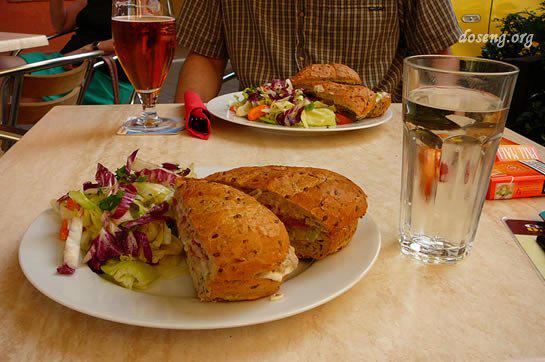556
What we know about food

Every year, the world is going to about 200 thousand tons of chanterelles. The price of one kilo of chanterelles on the international market - about $ 12.
Eating three meals a day, for 70 years a person eats more than 75,000 breakfasts, lunches and dinners. At the same time, the typical European in that period potreblinet about 10,000 eggs, 5,000 loaves of bread, 100 bags of potatoes, 3 bulls and two rams.
Annually in the world potreblinetsya 567 billion eggs. The figure has not declined even after the epidemic of the famous "bird flu».
Annually more than 110 mln. Tons of sugar: 60% of the sugar cane and 40% from sugar beet.
Bottled water is so popular that there are more than 700 of its species. However, often the only difference between expensive bottled water from tap water is the bottle itself ... In many countries bottled water neither safe nor healthier than tap water.
For water, we are willing to pay almost any price. The study revealed that of bottled water, even when there is no shortage of drinking water, we can pay 1000 times more than tap water.
According to the United Nations Food and Agriculture Organization at the United Nations (UN Food and Agriculture Organisation), every five seconds from hunger in the world a child dies. Every year die from malnutrition 5 million children.
7% of Americans eat daily in restaurants McDonald's. As of the end of 1998, during its existence, the company "McDonalds", founded in 1948, sold 100 billion hamburgers.
Each year by diseases caused by food, affecting an estimated 15 percent of the population of Europe. In the early 80-ies in Spain from the use of toxic oil, killing about 1,000 people and 20,000 seriously ill. The climax of the epidemic of mad cow disease began and avian influenza.
Beginning in 1916 in Sweden and then, at least 39 other countries steel subjected to irradiation in small doses of radiation potatoes, corn, and meat. It is believed that radiation kills most bacteria, insects and other pests, reducing the risk of disease transmission. Furthermore, such a treatment increases the shelf life of products.























